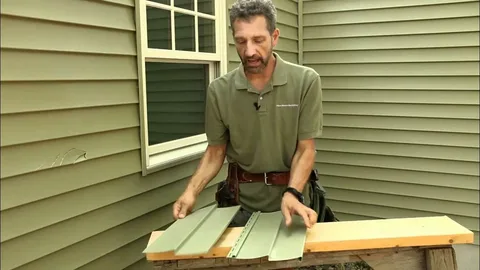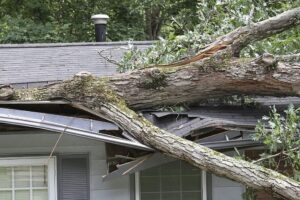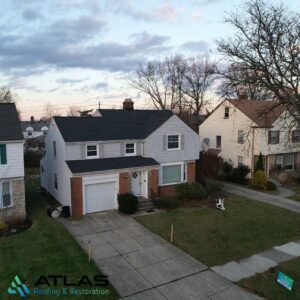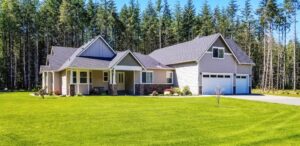Mold and mildew on siding are not just unsightly—they can be signs of deeper issues related to moisture, ventilation, and weather patterns. For homeowners in Cleveland, Ohio, the arrival of summer often brings with it a recurring problem: the buildup of mold and mildew on the siding of homes. While these fungi may seem like just a cosmetic issue, they can signal underlying damage and lead to bigger problems if not addressed properly.
In this blog, we’ll explore why mold and mildew thrive on siding during Cleveland summers, the risks they pose, how to prevent them, and why regular maintenance and inspections by experts like Atlas Roofing & Restoration are crucial.
Understanding Mold and Mildew
Before diving into Cleveland-specific issues, it’s important to understand what mold and mildew actually are.
- Mold is a type of fungus that can grow on virtually any surface when moisture, warmth, and organic material are present.
- Mildew, a specific type of mold, tends to appear as a thin, superficial growth that is white, gray, or yellow and often found on damp surfaces.
Both are notorious for spreading rapidly and causing staining, odor, and material degradation over time.
Why Cleveland Summers Are Perfect for Mold and Mildew Growth
1. High Humidity Levels
Cleveland summers are known for high humidity. Lake Erie plays a significant role in influencing the local climate, contributing to consistently moist air throughout the summer months. Humidity provides the perfect breeding ground for mold and mildew—especially when it lingers on siding materials like wood, vinyl, and even certain types of stucco.
2. Warm Temperatures
Mold spores thrive in warm temperatures, typically between 77°F and 86°F. Cleveland’s summer temperatures often fall within this range. Combined with the region’s high humidity, this creates an ideal environment for fungal growth.
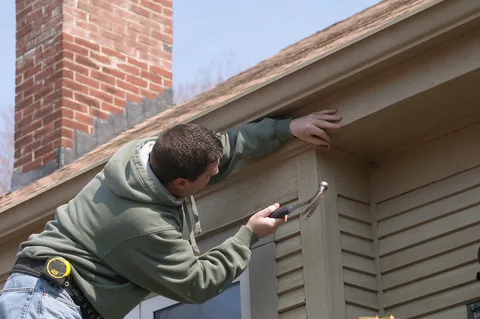
3. Shaded and Moist Areas
Homes with shaded exteriors—those surrounded by trees or neighboring buildings—tend to retain more moisture, especially on the north side. These areas often receive less sunlight, which helps evaporate moisture. Less evaporation means more dampness and, ultimately, more fungal growth.
4. Rain and Storm Patterns
Cleveland experiences regular rainfall and occasional summer storms. These events saturate siding, especially in areas where gutters or drainage systems may be underperforming. Without proper drying, this water sits on surfaces long enough to support mold and mildew growth.
5. Improper Ventilation
Ventilation plays a critical role in controlling moisture. When homes in Cleveland have blocked soffits, improperly installed siding, or lack sufficient airflow around the exterior, condensation can accumulate. This trapped moisture then becomes a food source for mold and mildew.
Common Types of Siding Affected
While all siding materials can potentially host mold and mildew, some are more vulnerable than others:
- Wood Siding: Extremely prone to fungal growth due to its porous nature.
- Vinyl Siding: While it doesn’t absorb moisture, dirt and organic material that accumulate on vinyl can support mold.
- Fiber Cement: More resistant, but not immune—especially if paint or caulking is compromised.
- Stucco: Can retain moisture if not properly sealed or if cracks develop.
Risks Associated with Mold and Mildew on Siding
1. Aesthetic Damage
Mold and mildew discolor siding, leaving behind green, black, or brown streaks. This can significantly reduce your home’s curb appeal.
2. Structural Deterioration
Over time, mold can break down siding materials, especially wood and fiber cement. What begins as a surface-level issue can evolve into structural degradation and costly repairs.
3. Health Concerns
While outdoor mold is less dangerous than indoor mold, it can still affect individuals with respiratory conditions like asthma or allergies, particularly if spores enter the home through windows or vents.
4. Reduced Property Value
A home with visible mold and mildew issues may be seen as poorly maintained, which can hurt resale value.
How to Prevent Mold and Mildew Growth
1. Routine Cleaning
Power washing your siding once or twice a year can remove mold spores, dirt, and organic debris that fuels fungal growth. Be careful, though—too much pressure can damage certain types of siding.
2. Keep Siding Dry
Trim back tree limbs and vegetation that block sunlight and trap moisture. Ensure sprinklers aren’t spraying water directly onto the siding. Also, maintain a safe distance between mulch or soil and your home’s base.
3. Improve Drainage and Gutters
Clogged gutters are a major contributor to siding moisture. Make sure your gutters and downspouts are clean and directing water away from the foundation.
4. Proper Ventilation
Ensure your attic, soffits, and walls are properly ventilated. This reduces condensation inside the walls that can lead to exterior mold.
5. Inspect and Seal Cracks
Gaps or cracks in siding or caulking allow water infiltration. Regular inspections and proper sealing can prevent long-term moisture retention.
Professional Mold and Mildew Removal
While DIY solutions like vinegar or bleach-based cleaners can be effective for small areas, widespread or persistent mold and mildew should be addressed by professionals. Improper handling can spread spores or damage your siding further.
A professional siding restoration or roofing company can:
- Assess the root cause of mold and mildew
- Recommend improvements to drainage and ventilation
- Replace or repair compromised siding
- Use mold-resistant materials in new installations
When to Call a Roofing and Restoration Expert
Mold and mildew on siding can sometimes be symptoms of roofing issues. Leaks, poor attic ventilation, or flashing failures can direct water down the walls, fueling fungal growth.
If you’re seeing recurring mold, bubbling siding, or signs of water damage around soffits and eaves, it’s time to call in a professional.
Atlas Roofing & Restoration: Your Cleveland Partner in Home Care
At Atlas Roofing & Restoration, we understand the unique challenges Cleveland homeowners face during the humid summer months. Our team specializes in identifying and addressing the root causes of mold and mildew on siding—not just treating the symptoms.
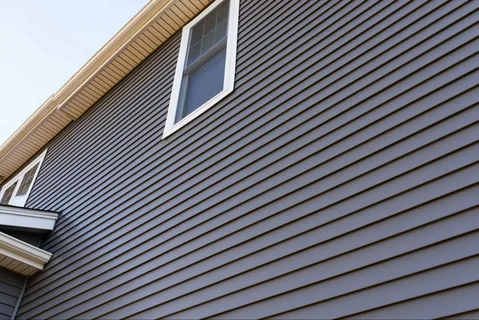
We offer:
- Comprehensive exterior inspections
- Siding repair and replacement
- Roofing solutions to improve water management
- Ventilation upgrades
- Mold-resistant building materials
With years of experience serving homes throughout Northeast Ohio, Atlas Roofing & Restoration is committed to delivering reliable, high-quality service tailored to your property’s needs. Whether it’s a simple siding cleanup or a complete exterior overhaul, you can trust us to keep your home protected, beautiful, and mold-free.
Final Thoughts
Mold and mildew on siding are common in Cleveland summers due to the area’s humidity, frequent storms, and shaded environments. While these growths might seem harmless at first, they can lead to serious issues for your home’s structure, health, and aesthetics. Prevention, regular maintenance, and knowing when to call in professionals are key to preserving your investment.
If you’re dealing with recurring mold or just want peace of mind, reach out to the experts at Atlas Roofing & Restoration. We’re here to help keep your Cleveland home safe and sound—season after season.

